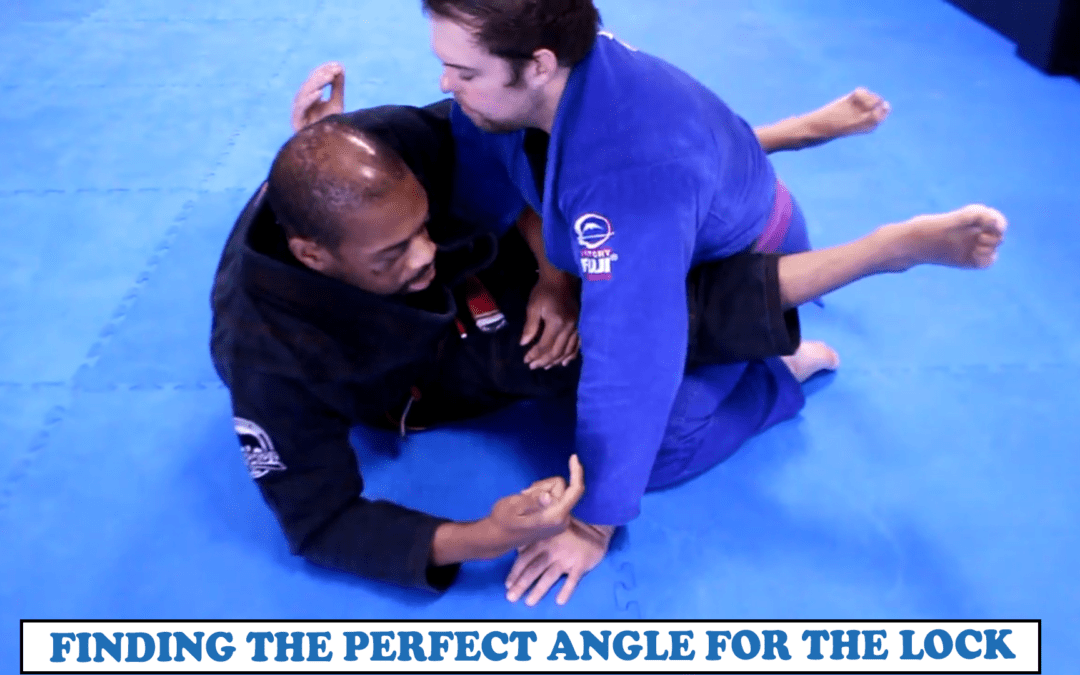Precise details on how to execute the mir lock from the overhook
In a seminar, several years ago, I learned a series of attacks from the overhook in closed guard from Jimmy Harbison that I have never forgotten.
It consisted of a wrist lock, a triangle and the mir lock, and they all flowed in a logical sequence based on the opponent’s reaction. The series was incredible in its simplicity, but I had one problem with it. I couldn’t get the timing right on the mir lock when opponents tried to slip out of the overhook. It would work sometimes, of course, but not enough.
That’s why I abandoned it for a time, until I had a revelation, and that detail is broken down in the video above.
Where This Attack Can Fit In Your Game
Of course, the number one criteria for the mir lock is an overhook.
So as long as you get that grip, in any situation, the submission is available, but to get the finish you have to get their elbow in front of your hip while still maintaining control of the wrist. Those are the conditions, and there are a few situations that can lead towards this particular finish.
I’m just going to show you one, though, because it also reveals the other attacks in the Harbison series, and it’ll fit neatly in your game if you use sleeve or arm drags in the closed guard.
Check it out:
